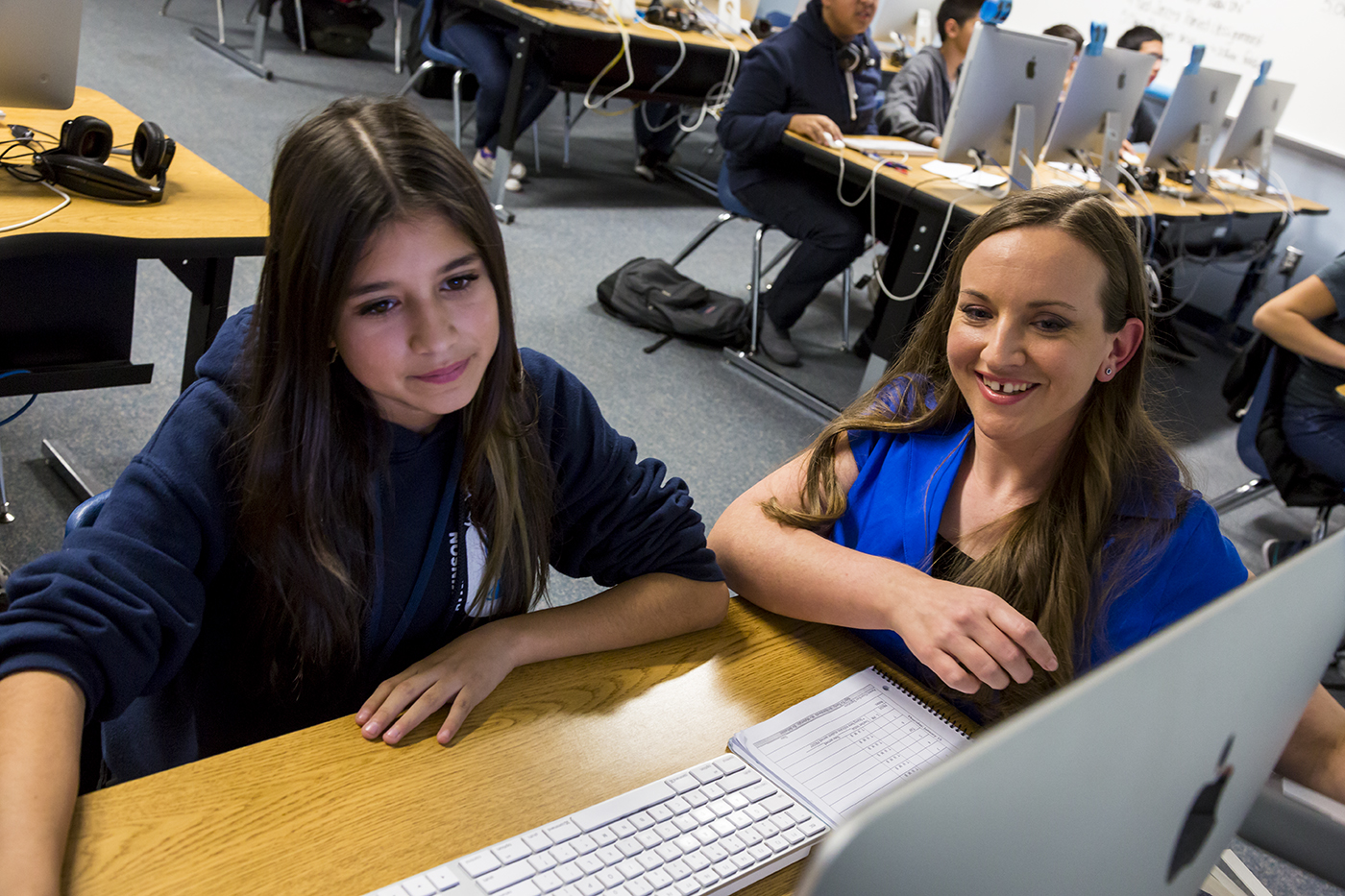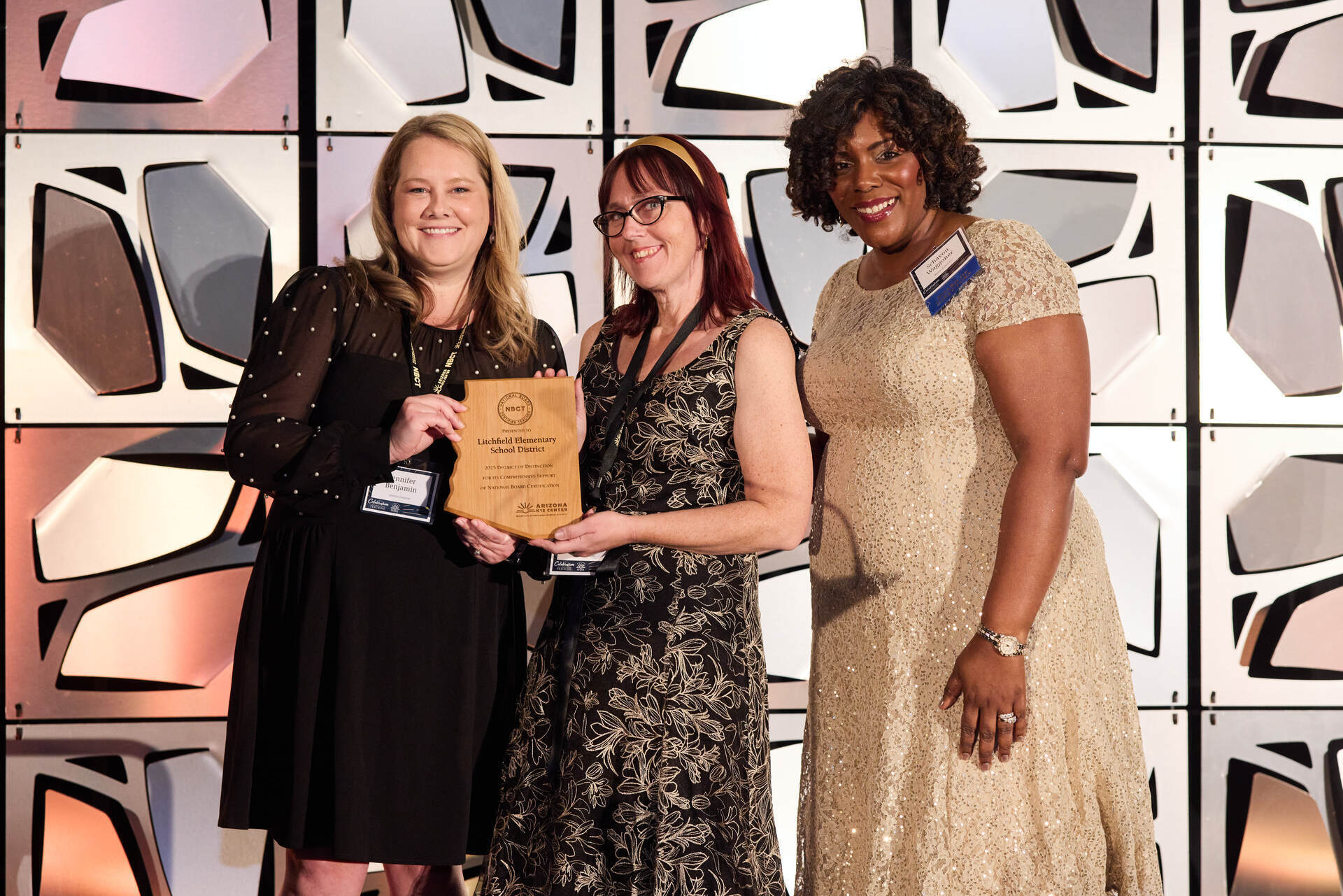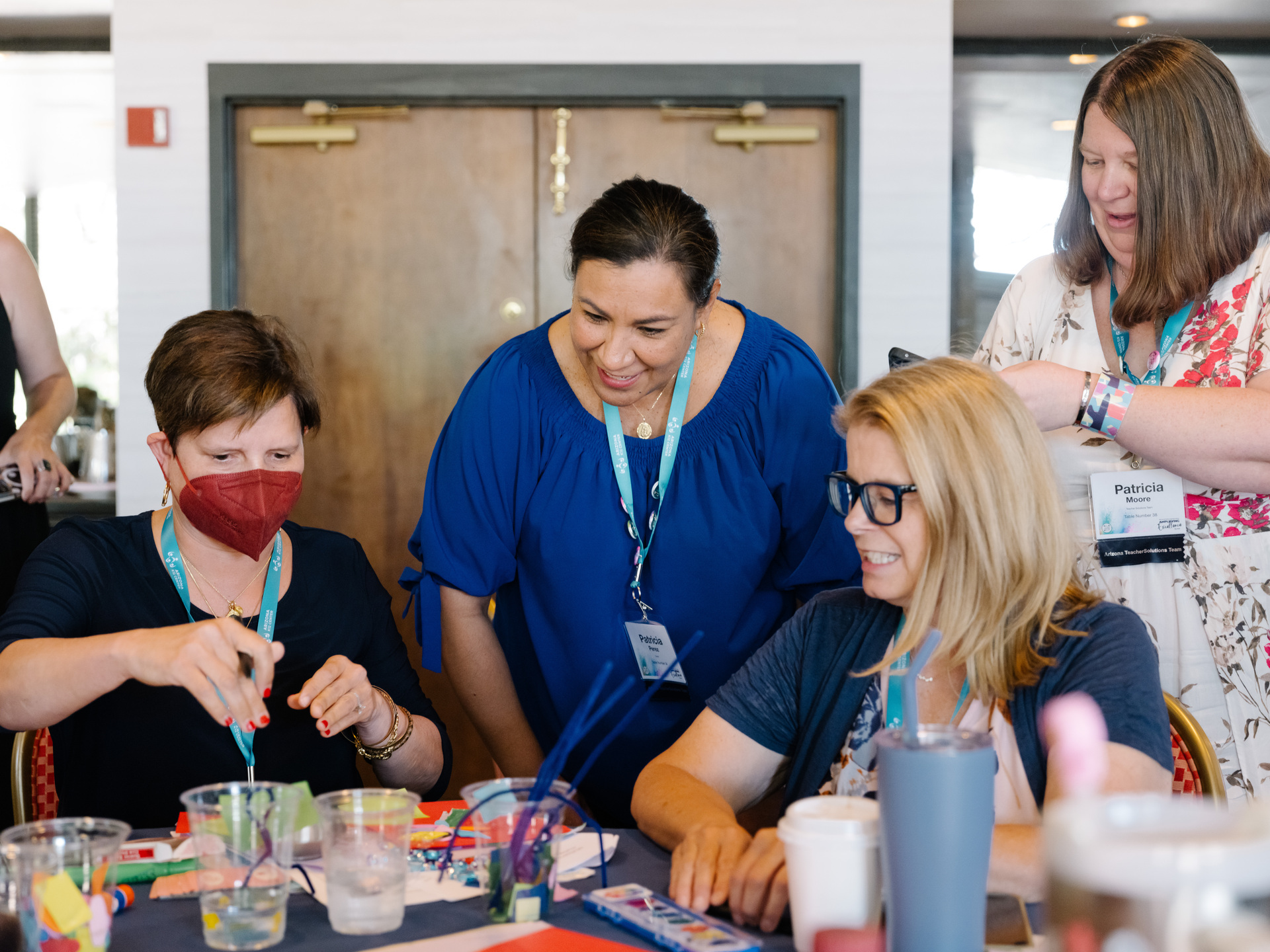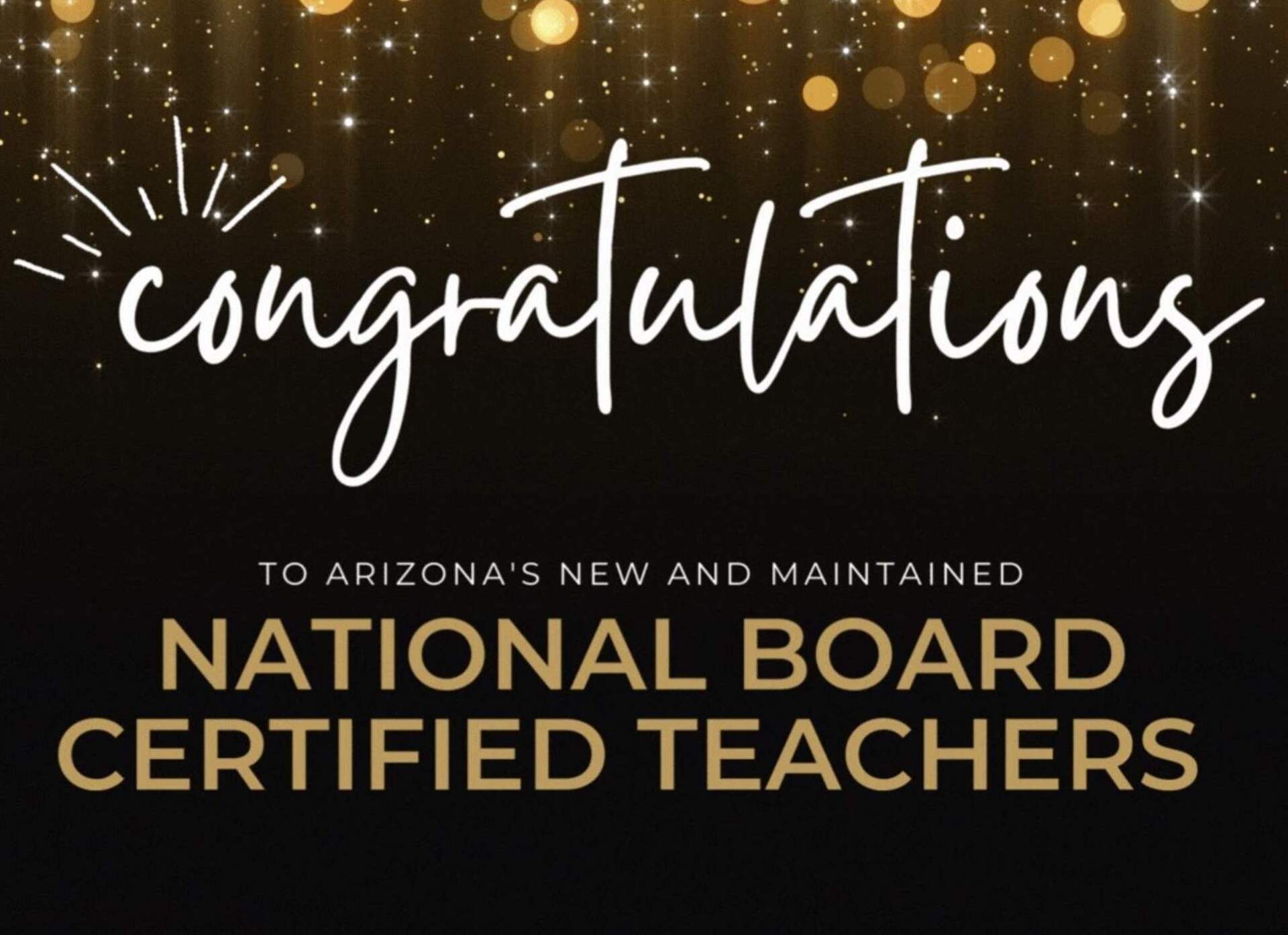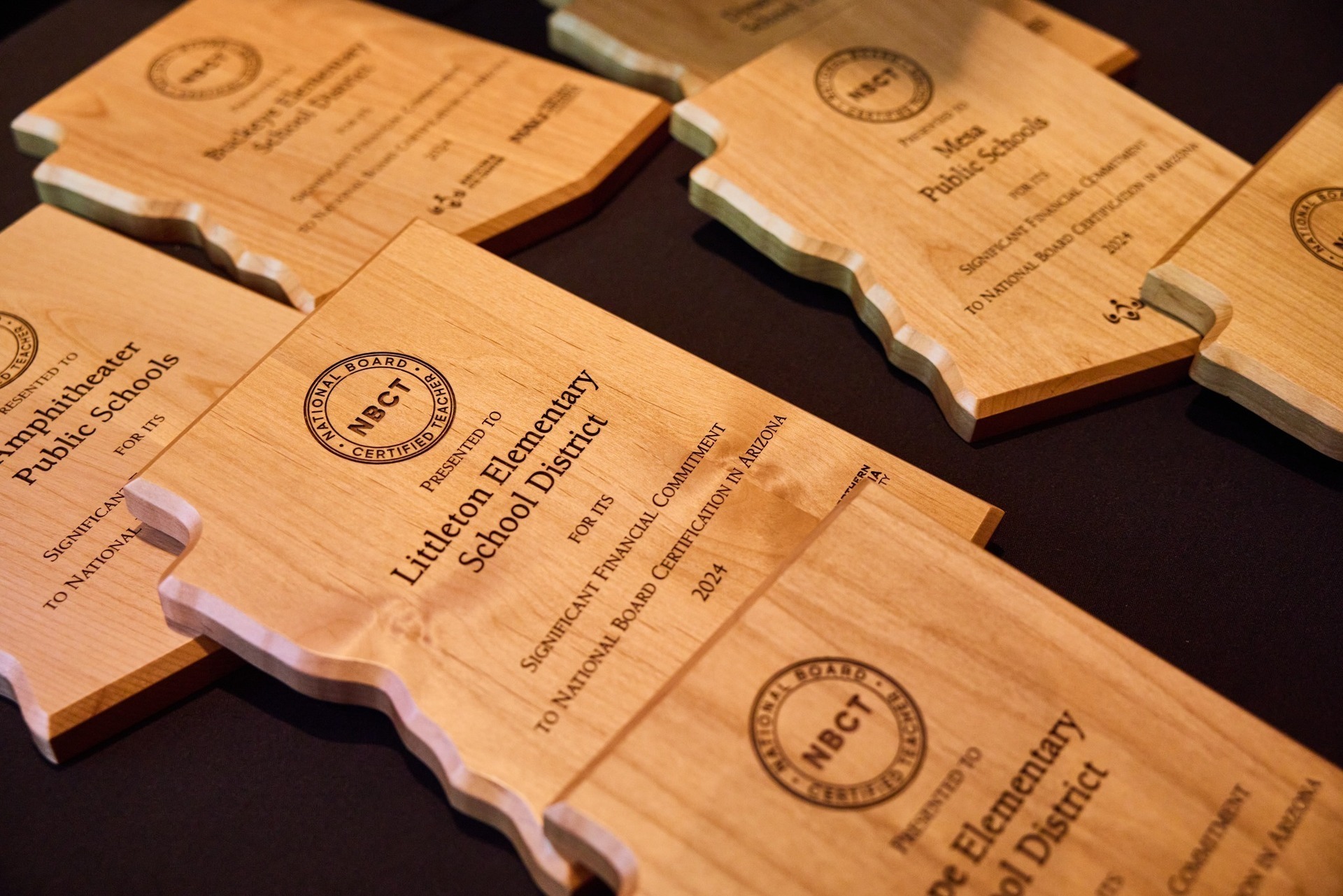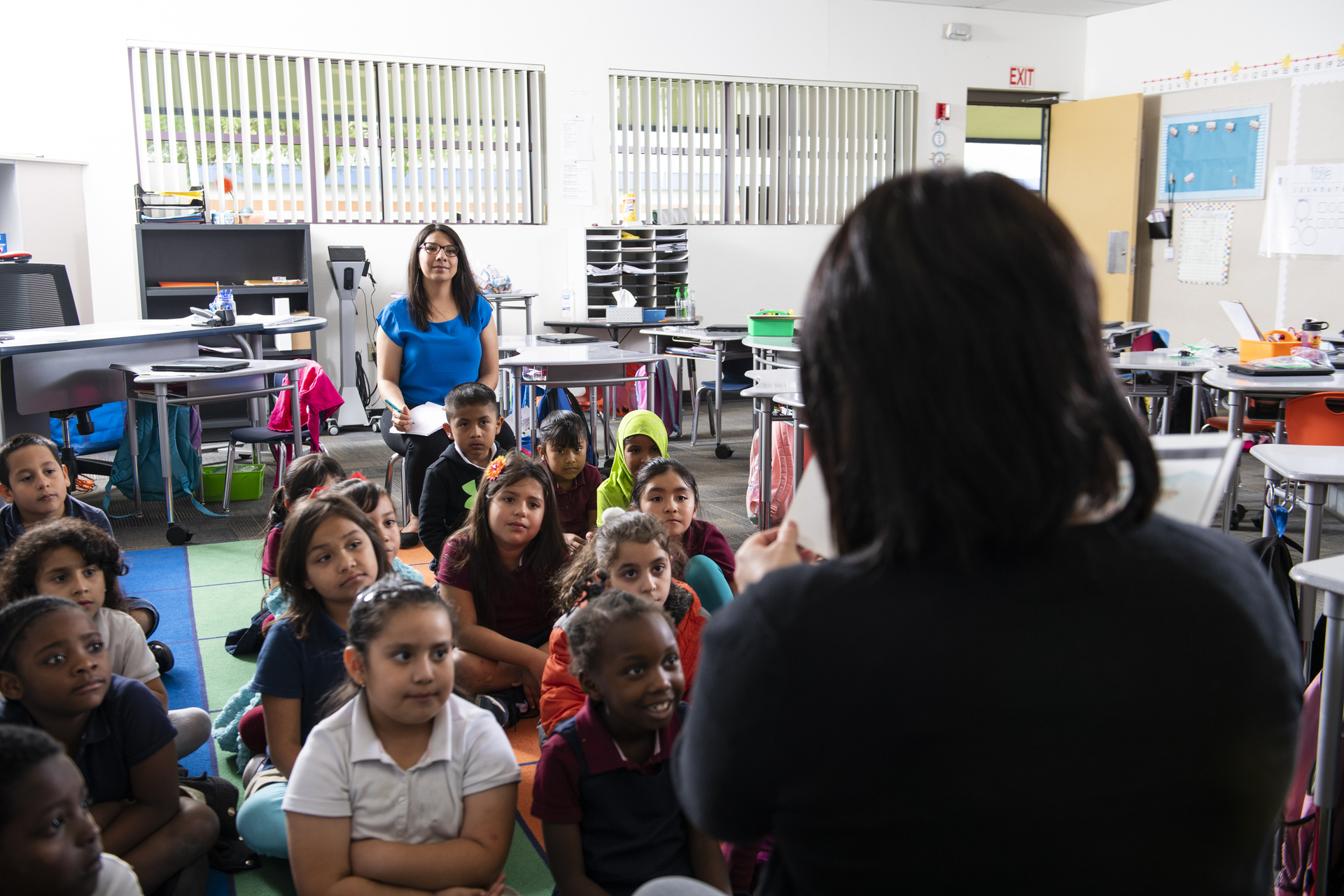September 20, 2016
Your Students Need to Blog: Here’s Why
Discover how students of all ages can cultivate creativity across subjects with online writing.
Blogging is a not-so-sneaky way of enticing our students (of all ages and abilities) to get down to writing. At its simplest definition, blog means “web log” and comes off a bit like an online journal or diary, only it’s intended for an audience. How big of an audience, the blog’s format, the boundaries, and the content? Well that’s up to you and your budding bloggers to decide!
Why do my kids need to blog?
The list is long, but, for starters, you will address multiple standards. Plus, students will have their much-craved freedom within boundaries of your creation. Additionally, you will get to know their voices and be surprised and touched by how perceptive, witty, and polite they are. Your students’ writing will improve as they describe and inform on cross-curricular topics, raise awareness on issues they are passionate about, and open up to you and their classmates online. You need to blog because it’s a way parents can participate. Not to mention, being able to read and express yourself in today’s digital world is a life skill.
So… how can blogs be used in my class?
If you’re just testing out the concept and feeling a bit shy, you might want to start with all of the control in your hands. This means running your own classroom blog. On it, you can publish assignments, tutorials, class updates, etc. While you’re linking to outside resources, posting photos and playing with the blog platform of your choice, you’ll get the hang of the platform’s interface and be more prepared to show your learners how it’s done.
The ultimate goal is to get students blogging on their own. Student blogs allow kids to take their writing to another level because they’re publishing their work for an authentic audience.
Your first guess may be that blogging would only be ideal for teaching language arts, but it can be a powerful, cross-curriculum tool that builds literacy skills along the way.
Easily our favorite effect of classroom blogs is the community they build. Because students and community members are able to comment, thoughts and opinions can be used to build discussion about writing topics. You’ll want to be careful to review guidelines and expectations for student commentary and continuously monitor posts for quality, too.
Where should I start?
Here are a few of the most popular platforms for classroom blogging. You’ll want to explore several and the features they offer before choosing.
Before setting kids free to blog and publish, you should cover the ground rules for internet safety and online behavior. Make sure you’re covering all of your bases with our recent guide to teaching digital citizenship.
With classroom blogs, enhancing student writing will be just one of the benefits you will all reap. Happy blogging!
Heather Sparks is a writer, educator, and mom of two. An Arizona native, she holds a bachelor’s degree in secondary education and a master’s degree in gifted education from Arizona State University.
